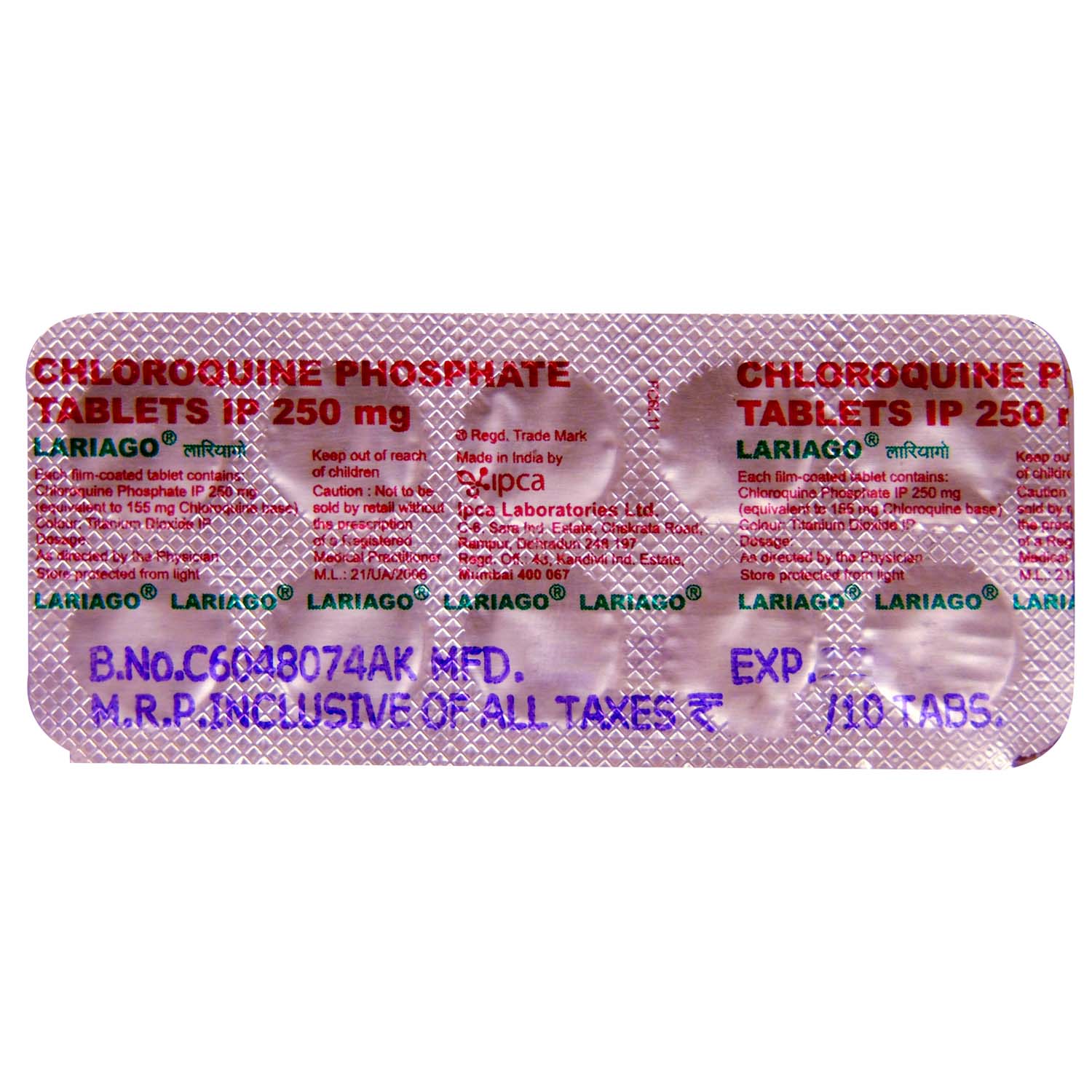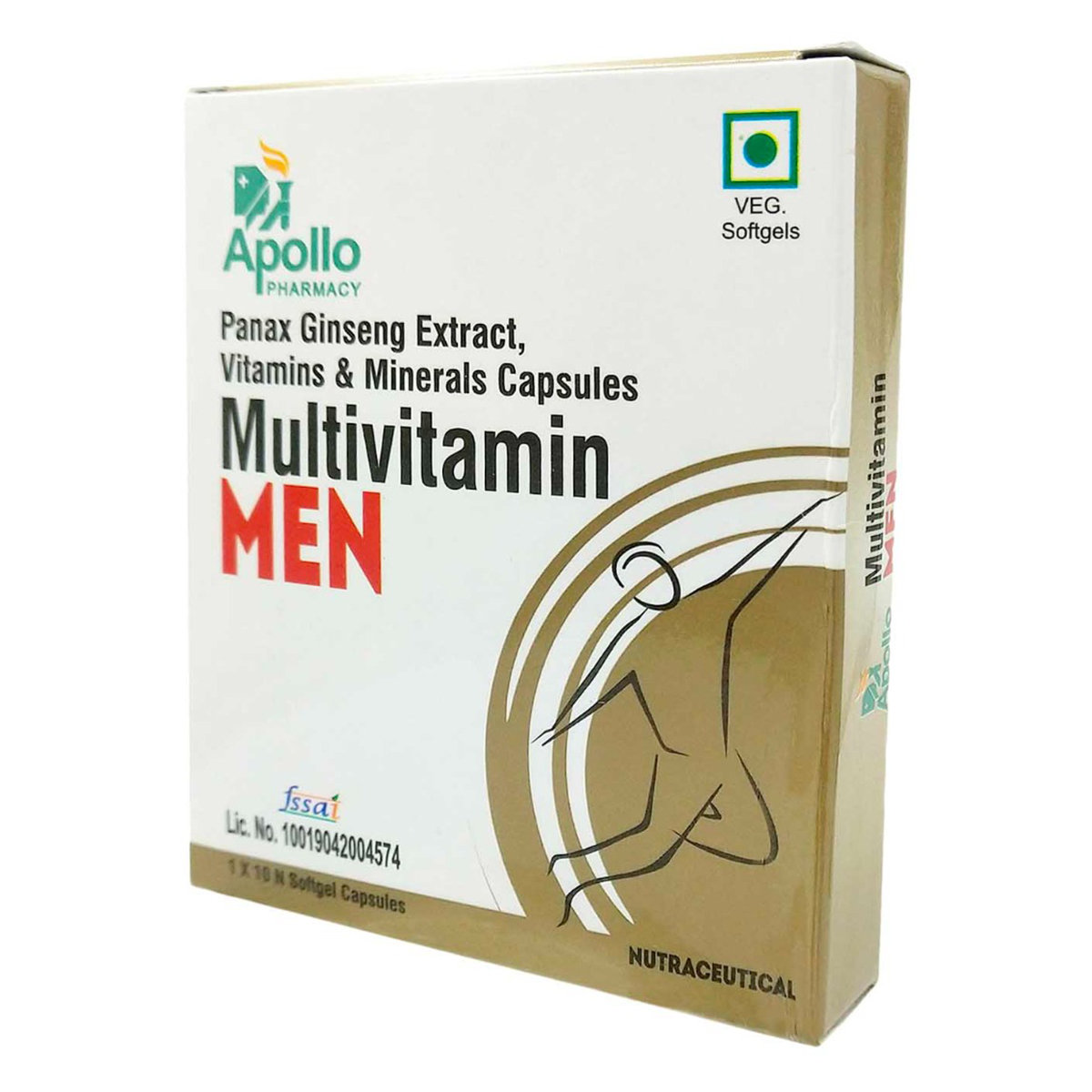Lariago Tablet



MRP ₹14
(Inclusive of all Taxes)
₹2.1 Cashback (15%)
know your delivery time
Provide Delivery Location
Composition :
Manufacturer/Marketer :
Consume Type :
Expires on or after :
Return Policy :

Secure Payment

Trusted by 8 Crore Indians

Genuine Products
Therapeutic Class
Country of origin
Manufacturer/Marketer address
Author Details
We provide you with authentic, trustworthy and relevant information
Disclaimer
Alcohol
Safe if prescribed
No serious interaction has been reported between alcohol and Lariago Tablet yet alcohol should be avoided with Lariago Tablet as it aggravates side effects.
Pregnancy
Consult your doctor
Lariago Tablet should be used with caution and can only be used in pregnancy if recommended by the doctor.
Breast Feeding
Consult your doctor
It is not safe to breastfeed while taking Lariago Tablet as this medicine can pass into breast milk. A patient is advised to take this drug only on doctor's consultation.
Driving
Safe if prescribed
Lariago Tablet may cause blurred vision, so one should avoid driving or doing any activity that needs mental alertness. A patient is thus advised to take this drug only on doctor's consultation.
Liver
Consult your doctor
Lariago Tablet therapy is unlikely to cause liver injury in normal individuals but can trigger an acute worsening of porphyria in rare cases. Thus doctor's consultation is recommended before taking Lariago Tablet .
Kidney
Consult your doctor
Lariago Tablet administration impairs kidney function in a few cases, so a patient is recommended to consult a doctor before taking Lariago Tablet .
Children
Safe if prescribed
Lariago Tablet is safe to use in children, yet dose adjustment by a doctor will be done on the basis of age, weight, and severity of the infection.
Product Substitutes
About Lariago Tablet
Lariago Tablet belongs to the class of medications called 'quinoline' primarily used to treat malaria. Lariago Tablet gives a degree of protection (prophylaxis) against malaria when people travel to areas where malarial cases exist. It is effective against Plasmodium vivax, Plasmodium ovale, and Plasmodium malariae. Lariago Tablet is not effective against Plasmodium falciparum. Besides this, it also treats amoebiasis (intestinal dysentery) and rheumatic disease (arthritis).
Lariago Tablet contains 'chloroquine' which acts by killing the malarial parasites, i.e. Plasmodium and stops the formation of the nontoxic heme metabolite hemozoin by the parasite. Heme part of the red blood cells is broken by the malarial, causing parasites. Lariago Tablet prevents the breakdown of heme part and is actually toxic to the parasite. It kills the parasitic form living in red blood cells that resides in the liver.
Lariago Tablet should be taken as prescribed by your doctor. The dose of Lariago Tablet can vary depending upon your condition and the severity of the infection. The common side effects of Lariago Tablet include vomiting, nausea, hair loss and itchy skin. Everyone need not experience the above side effects. In case of any discomfort, speak with a doctor.
Before starting Lariago Tablet , please inform your doctor if you are allergic to chloroquine or have kidney or liver problems. Do not take Lariago Tablet on your own. Lariago Tablet is safe to use during pregnancy and breastfeeding. Prolonged use of Lariago Tablet may have a severe risk on the heart and retina of the eyes leading to pounding heartbeats and permanent vision problems.
Uses of Lariago Tablet
Medicinal Benefits Mweb
Key Benefits
Lariago Tablet falls into a group of medicines known as antimalarials, indicated for treating or preventing malaria. Lariago Tablet contains chloroquine, which belongs to quinoline. It works by preventing the formation of the nontoxic heme metabolite hemozoin by the parasite. Due to this, the parasite dies from its own toxic by-products released due to haemoglobin's metabolism. Lariago Tablet is also indicated for the treatment of rheumatoid arthritis and autoimmune diseases like lupus and intestinal infection caused by amoeba (amoebiasis).
Directions for Use
Side Effects of Lariago Tablet
- Abnormal heart rhythm
- Stomach pain
- Nausea (being sick)
- Diarrhoea
- Loss of appetite
- Headache
- Skin rash
- Liver problems
Drug Warnings
Lariago Tablet does not respond well against all malaria strains, so consult with your doctor if you do not respond well to Lariago Tablet . This medicine can affect heart health, especially if a person is taking medications, including the antibiotic azithromycin and anticancer like tamoxifen. An individual must consult with the doctor if they are noticing fast or pounding heartbeats and sudden dizziness. This medicine cannot be used for a long duration as it may cause irreversible damage to the eye that could lead to vision problems. Lariago Tablet cannot be used in persons who have heart disease, heart rhythm disorder, diabetes, a stomach disorder, an allergy to quinine, liver or kidney disease, psoriasis, alcoholism, porphyria (a genetic enzyme disorder that affects the skin or nervous system), a genetic enzyme deficiency called glucose-6-phosphate dehydrogenase (G6PD) deficiency. Consult with your doctor if you are pregnant or breastfeeding as this medicine could only be used if prescribed by the doctor.
Drug-Drug Interactions
Drug-Drug Interactions
Login/Sign Up
Using Lariago Tablet together with telavancin can increase the risk of an irregular heart rhythm.
How to manage the interaction:
Taking Telavancin with Lariago Tablet is not recommended, as it can possibly result in an interaction, it can be taken if your doctor has advised it. However, if you experience sudden dizziness, lightheadedness, fainting, breathing difficulty, or rapid heartbeat, consult the doctor immediately. Do not discontinue any medications without consulting a doctor.
Taking Auranofin with Lariago Tablet can increase the risk of blood disorders and other severe side effects
How to manage the interaction:
Taking Auranofin with Lariago Tablet is not recommended, as it may lead to an interaction, but it can be taken together if prescribed by a doctor. However, consult a doctor if you experience unusual symptoms. Do not discontinue any medications without consulting a doctor.
When Pimozide and Lariago Tablet are taken together, it can increase the chance of a serious abnormal heart rhythm.
How to manage the interaction:
Taking Lariago Tablet with Pimozide is not recommended, as it can possibly result in an interaction, it can be taken if your doctor has advised it. However, if you experience sudden dizziness, lightheadedness, fainting, breathing difficulty, or rapid heartbeat, consult the doctor immediately. Do not discontinue any medications without consulting a doctor.
Taking Lariago Tablet with Mesoridazine together can increase the chance of a serious abnormal heart rhythm.
How to manage the interaction:
Taking Lariago Tablet with Mesoridazine is not recommended, as it can possibly result in an interaction, it can be taken if your doctor has advised it. However, if you experience sudden dizziness, lightheadedness, fainting, breathing difficulty, or rapid heartbeat, consult the doctor immediately. Do not discontinue any medications without consulting a doctor.
When Thioridazine and Lariago Tablet are taken together, can increase the chance of a serious abnormal heart rhythm
How to manage the interaction:
Taking Lariago Tablet with Thioridazine is not recommended, as it can possibly result in an interaction, it can be taken if your doctor has advised it. However, if you experience sudden dizziness, lightheadedness, fainting, breathing difficulty, or rapid heartbeat, consult the doctor immediately. Do not discontinue any medications without consulting a doctor.
Taking Aurothioglucose with Lariago Tablet can cause blood disorders and other severe side effects
How to manage the interaction:
Taking Aurothioglucose with Lariago Tablet is not recommended, as it can cause an interaction, but it can be taken together if prescribed by a doctor. However, consult your doctor if you experience unusual symptoms. Do not discontinue any medications without consulting a doctor.
Using Lariago Tablet with Agalsidase beta can reduce the effectiveness of agalsidase beta.
How to manage the interaction:
Taking Agalsidase beta with Lariago Tablet is not recommended, but can be taken together if prescribed by a doctor. However, if you experience any unusual symptoms contact a doctor immediately. Do not stop using any medications without talking to a doctor.
When Lariago Tablet is taken with Dronedarone, it may increase the risk of abnormal heart rhythm.
How to manage the interaction:
Taking Lariago Tablet with Dronedarone is not recommended, as it can possibly result in an interaction, it can be taken if your doctor has advised it. However, if you experience sudden dizziness, lightheadedness, fainting, breathing difficulty, or rapid heartbeat, consult the doctor immediately. Do not discontinue any medications without consulting a doctor.
Taking Lariago Tablet with Cisapride can increase the risk of a serious abnormal heart rhythm.
How to manage the interaction:
Taking Lariago Tablet with Cisapride is not recommended as it can possibly result in an interaction, it can be taken if your doctor has advised it. However, if you experience sudden dizziness, lightheadedness, fainting, breathing difficulty, or rapid heartbeat, consult the doctor immediately.
Using saquinavir together with Lariago Tablet can increase the risk of an irregular heart rhythm.
How to manage the interaction:
Taking Lariago Tablet with Saquinavir is not recommended, as it can possibly result in an interaction, it can be taken if your doctor has advised it. However, if you experience sudden dizziness, lightheadedness, fainting, breathing difficulty, or rapid heartbeat, consult the doctor immediately. Do not discontinue any medications without consulting a doctor.
Drug-Food Interactions
Drug-Food Interactions
Login/Sign Up
Drug-Diseases Interactions
Drug-Diseases Interactions
Login/Sign Up
Porphyria: In porphyria the use of Lariago Tablet may aggravate this condition. Avoid Lariago Tablet use until it is required.
How to manage the interaction:
If the risks aren't expected to outweigh the possible advantages, Lariago Tablet shouldn't be utilized on these patients.
Arrhythmias:Lariago Tablet has adverse effect like prolongation of QT interval, ventricular arrhythmias and torsades de pointes. Monitor ECG before initiation and during the therapy.
How to manage the interaction:
If you have sudden dizziness, lightheadedness, fainting, shortness of breath, or rapid heartbeat while taking these medications, whether they are taken together or separately, you should seek immediate assistance from a doctor. A close monitoring of ECG is required.
Seizures: Lariago Tablet may cause epileptic seizures in susceptible patients. Administer Lariago Tablet in patients with history of epilepsy.
How to manage the interaction:
In those who are vulnerable, Lariago Tablet may result in epileptic fits. Patients who already have epileptic fits or have a low tolerance for seizures may be at greater risk.
Bone marrow suppression: With the use of Lariago Tablet adverse effects such as neutropenia, agranulocytosis, aplastic anemia, and thrombocytopenia. In patients with preexisting bone marrow suppression use cautiously and monitor for complete blood count. Discontinue the Lariago Tablet if any serious blood disorder is suspected.
How to manage the interaction:
It is important to inform your doctor if you have prior conditions like bone marrow suppression, a complete blood picture is advised to be taken if you are on a long term therapy with Lariago Tablet. If you suspect any blood disorders, please inform it to your doctor immediately.
Ototoxicity: Rarely, Lariago Tablet was been associated with ototoxicity.The use of Lariago Tablet has been associated rarely with ototoxicity. With long-term, high-dose Lariago Tablet therapy which is irreversible nerve-type deafness may occur. In some patients with preexisting auditory damage, tinnitus, decrease in hearing may occur. Use with caution and discontinue therapy if new auditory defects occur or if hearing loss becomes worse.
How to manage the interaction:
If you any existing hearing damage, do not forget to inform it your doctor, so that a close monitoring can be done during the treatment with Lariago Tablet.
In psoriasis patients, the Lariago Tablet use may exacerbate severe attack of psoriasis. Do not use Lariago Tablet unless the potential benefits vs risks outweighs.
How to manage the interaction:
It is important to tell your doctor if you have any existing skin conditions like psoriasis. Your doctor may prescribe the medication, if the benefits are more than the risks.
myasthenia gravis Use of Lariago Tablet may exacerbate new onset of symptoms in patients with previously diagnosed myasthenia gravis. Use cautiously.
How to manage the interaction:
If you are suffering from myasthenia gravis, do not forget to tell it to your doctor. If you are taking Lariago Tablet and experiencing symptoms like muscle weakness or weakness of the arms and legs, drooping of upper eyelid, difficulty speaking, difficulty swallowing, double vision, tiredness, or shortness of breath please inform your doctor.
Drug-Drug Interactions Checker List
- PHENYLBUTAZONE
- NEOSTIGMINE
- PYRIDOSTIGMINE
- AMPICILLIN
- CIMETIDINE
- TAMOXIFEN
Habit Forming
Special Advise
Do not take Lariago Tablet if you have had a previous reaction to Lariago Tablet , or if you have certain eye problems involving your retina. Tell your healthcare provider about any problems you may have with your eyes.
Diet & Lifestyle Advise
- Always take Lariago Tablet with meals for reduced gastric irritation.
- Adequate nutrition is the key for improvement in malaria induced weakness.
- It is important to allow the patient to eat regularly in small amounts to tolerate the food.
- Increase fluid and protein intake for malaria induced weight loss.
- Proper rest and mosquito-free premises is important for the patient to recover.
All Substitutes & Brand Comparisons
RX
Out of StockMalgo 250mg Tablet
Suzikem Drugs Pvt Ltd
₹4
(₹0.36 per unit)
71% CHEAPERRX
Out of StockCoec 250mg Tablet
Elikem Pharmaceuticals Pvt Ltd
₹5
(₹0.45 per unit)
64% CHEAPERRX
Out of StockIngaquin 250mg Tablet
Inga Laboratories Pvt Ltd
₹5
(₹0.45 per unit)
64% CHEAPER

Have a query?
Buy best Infections & Infestation products by
Cipla Ltd
Macleods Pharmaceuticals Ltd
Alkem Laboratories Ltd
Lupin Ltd
Abbott India Ltd
Sun Pharmaceutical Industries Ltd
Mankind Pharma Pvt Ltd
Micro Labs Ltd
Aristo Pharmaceuticals Pvt Ltd
FDC Ltd
Intas Pharmaceuticals Ltd
Glenmark Pharmaceuticals Ltd
Ipca Laboratories Ltd
Torrent Pharmaceuticals Ltd
Zydus Healthcare Ltd
Biochem Pharmaceutical Industries Ltd
Zuventus Healthcare Ltd
United Biotech Pvt Ltd
Hetero Drugs Ltd
Emcure Pharmaceuticals Ltd
Alembic Pharmaceuticals Ltd
Indoco Remedies Ltd
Fusion Health Care Pvt Ltd
Dr Reddy's Laboratories Ltd
Leeford Healthcare Ltd
Cadila Healthcare Ltd
Wockhardt Ltd
Zydus Cadila
GlaxoSmithKline Pharmaceuticals Ltd
Morepen Laboratories Ltd
Blue Cross Laboratories Pvt Ltd
Cadila Pharmaceuticals Ltd
Converge Biotech Pvt Ltd
Elder Pharmaceuticals Ltd
Hetero Healthcare Pvt Ltd
Pfizer Ltd
AAA Pharma Trade Pvt Ltd
Gufic Bioscience Ltd
Mylan Pharmaceuticals Pvt Ltd
Corona Remedies Pvt Ltd
Wallace Pharmaceuticals Pvt Ltd
Apex Laboratories Pvt Ltd
Medishri Healthcare Pvt Ltd
Akumentis Healthcare Ltd
Alniche Life Sciences Pvt Ltd
Hegde & Hegde Pharmaceutica Llp
Veritaz Healthcare Ltd
Ranbaxy Laboratories Ltd
Koye Pharmaceuticals Pvt Ltd
Shreya Life Sciences Pvt Ltd
Overseas Health Care Pvt Ltd
Biocon Ltd
Indchemie Health Specialities Pvt Ltd
Medley Pharmaceuticals Ltd
Brinton Pharmaceuticals Ltd
J B Chemicals & Pharmaceuticals Ltd
Unifaith Biotech Pvt Ltd
Ajanta Pharma Ltd
Biochemix Health Care Pvt Ltd
Natco Pharma Ltd
Samarth Life Sciences Pvt Ltd
Unichem International
Laborate Pharmaceuticals India Ltd
Unipark Biotech Pvt Ltd
Zymes Bioscience Pvt Ltd
Indiabulls Pharmaceuticals Pvt Ltd
Neon Laboratories Ltd
Vasu Organics Pvt Ltd
DR Johns Lab Pharma Pvt Ltd
East West Pharma India Pvt Ltd
La Renon Healthcare Pvt Ltd
Medgen Drugs And Laboratories Pvt Ltd
Novartis India Ltd
Canixa Life Sciences Pvt Ltd
Icarus Health Care Pvt Ltd
Lincoln Pharmaceuticals Ltd
Celon Laboratories Pvt Ltd
Concept Pharmaceuticals Ltd
Klm Laboratories Pvt Ltd
Nicholas Piramal India Ltd
Systopic Laboratories Pvt Ltd
Yuventis Pharmaceuticals
Capital Pharma
German Remedies Ltd
Pristine Pearl Pharma Pvt Ltd
Unison Pharmaceuticals Pvt Ltd
Aurz Pharmaceutical Pvt Ltd
Clover Health Care Pharma
Kepler Healthcare Pvt Ltd
Allites Life Sciences Pvt Ltd
Auspharma Pvt Ltd
Intra Life Pvt Ltd
Jolly Healthcare
Linux Laboratories Pvt Ltd
Ozone Pharmaceuticals Ltd
Cachet Pharmaceuticals Pvt Ltd
Comed Chemicals Ltd
Delcure Life Sciences Ltd
Fresenius Kabi India Pvt Ltd
Khandelwal Laboratories Pvt Ltd
Customers Also Bought






